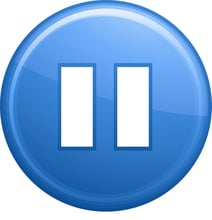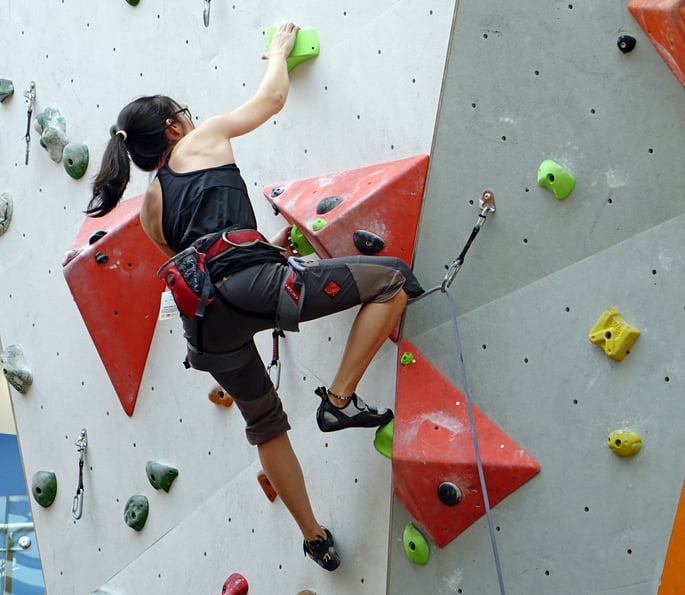Recruitment and interviews are notorious places where biases occur.
4-minute read
Riddle me this: A mother and her daughter are in a car crash. The mother is instantly killed. The daughter is rushed to the best hospital in the area and prepped for emergency surgery by one of the top surgical teams in the nation. The nurse rushes in first, sees the girl, and says, “I can’t attend to this patient because she is my daughter.”
Who is the nurse?
Pause and reflect

If you are like most people, the possibility that the nurse is the child’s father may have not readily appeared (in one unpublished study only 15% of participants got the answer correct).
While the number of men who are nurses in the US has more than tripled since the 1970s (standing at roughly 12%), stereotypes and their accompanying biases are notoriously hard to shake. And it’s these stereotypes and biases that styme so many diversity, equiety, and inclusion (DEI) efforts.
This is why it’s essential that organizations make a systematic and concentrated effort to weaken the impact of biases on their culture. Yet given the ubiquitous influence of bias, it’s hard to know where to begin.
We suggest that a good place to start is at the very beginning, with the hiring process.
The Problem
Recruitment and interviews are notorious places where biases rear their ugly heads.
Studies demonstrate, for example, that stereotypically masculine adjectives in job descriptions such as “competitive,” “determined,” and “driven” decrease the likelihood women apply. Research also shows that people of color (POC) who “whiten” their resumes (i.e., get rid of references to race) are more than twice as likely to get callbacks than those who do not (a finding that held steady even for organizations that champion DEI). Likewise, research has shown that in STEM fields, women and POC candidates who have 4.0 GPA are as likely to get a call back as white males with a 3.75 GPA.
Past the initial screening process, face-to-face interactions all but ensure that impressions and decisions will be impacted by bias. Interviews are notorious places where people make snap judgments based on gut instincts and arbitrary criteria like appearance, similarities, and stereotypes.
So what can we do? Use the LifeLabs Learning 4S Method:
While fighting biases may feel like a sisyphean endeavor, there are concrete and proven actions that we can take to affect positive change. Below is the 4S Method we teach in our interviewing skills workshops at LifeLabs Learning:
- Standardize: Use software programs (e.g. Textio, Gender Decoder) that generate gender-neutral language in job descriptions, and blind the resume review process so no demographic characteristics are known (e.g. Pinpoint Recruitment, Blendoor). The beauty of this technology is that it allows us to reduce bias without being dependent on self-awareness.
- Structure: For interviews, hold all variables constant by structuring the interview process so that each candidate gets the same questions and scoring sheet. Have more than one person--preferably from a different team--score the candidates’ answers. Let the candidates know beforehand that all candidates are asked the same questions.
Here is what we use at LL: "We ask all candidates the same questions, so if I sound scripted, it’s because I am! But we use this standardized approach to be fair and consistent with all candidates."
- Sample: Give candidates a sample piece of work, similar to what they will be responsible for, and assess how well they perform. Research shows that demos are the single biggest predictors of job performance. Having people demonstrate their work allows you to judge a person by the quality of their performance and not by an arbitrary criteria. It’s also a great way for candidates to test out the job.
- Self-Monitor: Notice if you are acting different with some candidates than others. For example, are you being warmer or more distant? Are you asking more or fewer questions that usual? If you notice bias or stereotypes kicking in, the best solution for our brains is to pay active attention. Research shows that the more we pay attention to the very real person in front of us, the less our brains take bias short cuts.
Being deliberately inclusive in your hiring process is a great way to get the right people onboard and walk-the-talk as a culture. While it takes some learning and training, the ROI (return on inclusion) from both a cultural and financial perspective is significant. Research shows that organizations that score high on both diversity and inclusion outperform the competition. At LifeLabs Learning, we have put all of these bias busting strategies into practice, and our organization is better for it.
To learn more about creating inclusive interviews (and kick ass interviews in general) check out our free interview playbook.


